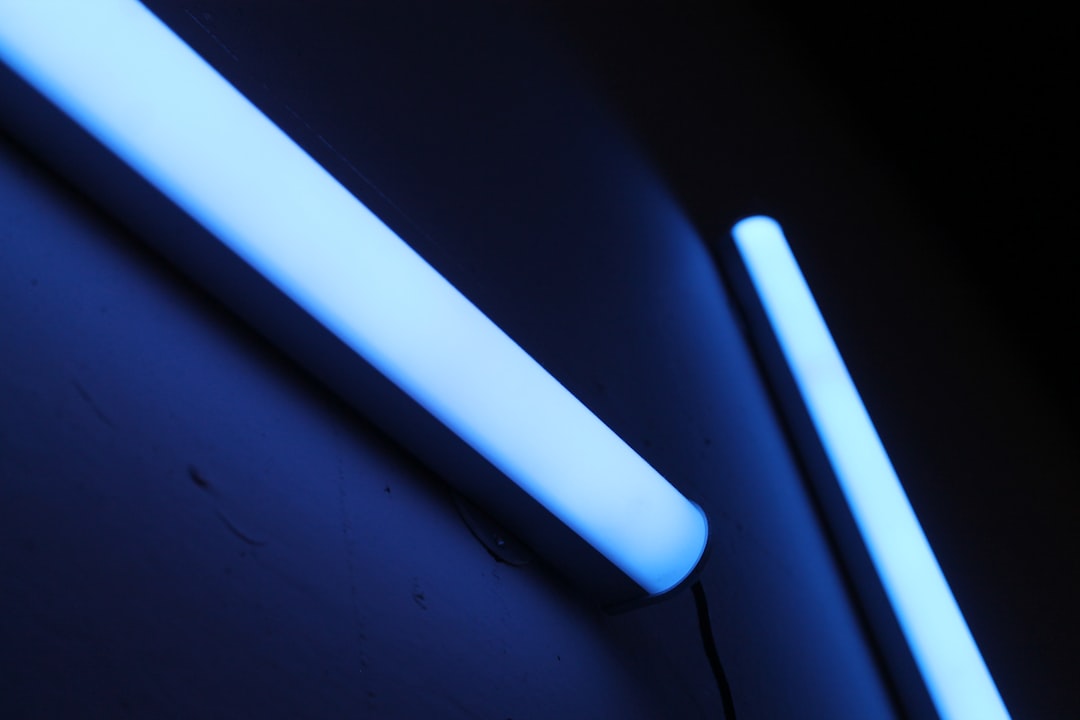
What is the effectiveness of UV sterilization? Is it effective against germs and viruses? What are the advantages and disadvantages? This is a question I hear as a microbiologist, especially when people consider how filthy their cell phone may get. With an increasing number of UV sterilization goods hitting the market, you might be wondering if it’s worth your time to give them a shot. So let’s get started!
As early as the mid-20th century, ultraviolet light was being employed for sterilization and disinfection purposes. Due to recent technological improvements, notably in the UV bulbs themselves, their very long lifespan (thousands of hours) and smaller size (e.g., UV LED versus classic UV bulbs) have allowed for a more excellent range of applications. It may be found to be used to disinfect a range of surfaces, including water, air, fruits, vegetables, surgical equipment, tablet computers, toys, and a variety of other things.
In terms of UV sterilization, not all types of UV are efficient in the same way. What exactly does this mean? To go a bit more technical, ultraviolet (UV) is an abbreviation that stands for “beyond violet” and refers to a range of electromagnetic waves that have a shorter wavelength (but a greater frequency and energy) than visible violet light. UV is classified into three categories, each of which has shorter wavelengths and more power. UVA, UVB, and UVC are the three types of ultraviolet radiation. Only the UVC wavelength range (100-280nm) provides sufficient energy to destroy germs in the case of UV sterilization successfully. When looking for a UV sterilization product to use in your home or company, be sure that the UV wavelength falls within the range of UVC (ultraviolet) (100-280 nm).
UV sterilization is efficient against viruses and bacteria, but it is not effective against other pathogens. The simple answer is yes, and there are many more species than you may think. UVC at 254 nm has been demonstrated to be efficient against all foodborne pathogens, as well as natural microbiota, molds, and yeasts, according to research. Because microorganisms exist in a variety of sizes and shapes, which impact their ability to absorb UV light, the amount of time necessary to kill each species varies. 2
What is the process through which UV sterilizes something? I’m delighted that you inquired! UV sterilization, also known as UV disinfection or ultraviolet germicidal irradiation (UVGI), works by breaking down certain chemical bonds and scrambling the structure of DNA, RNA, and proteins, preventing a microorganism from reproducing. UV sterilization can be used to kill bacteria, viruses, and fungi. When an organism cannot reproduce within a host, it is thought to be dead since it is no longer contagious and cannot replicate within the host.
“Dead.” That’s exactly what I was looking for. How long does it take to bring this noxious substance to the “dead” condition you speak of? Let’s go into the specifics of destruction. Given that UV sterilization employs the energy of ultraviolet C to destroy biomolecules, its efficacy is determined by the total amount of energy delivered, which is influenced both by the duration of exposure time and by the distance between the light source the biomolecules being sterilized. A UV light held within 1 inch of a petri dish containing E. coli, for example, will only take 1-2 minutes to show complete sterilization of the bacteria. 1 It may take 5-10 minutes to sterilize surgical equipment in a medium-sized UV sterilization box. Thirty minutes is a usual suggestion for fixing an 8-foot biosafety cabinet in a laboratory.
Overwhelmed by the Complexity of ? This May Help
6 Facts About Everyone Thinks Are True